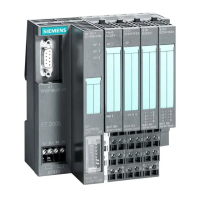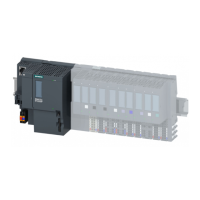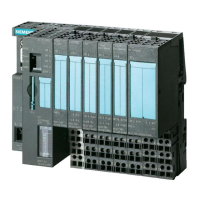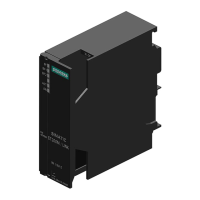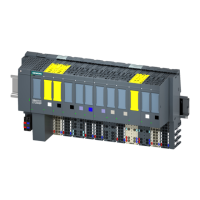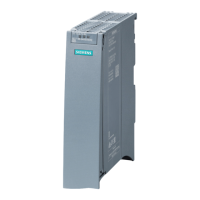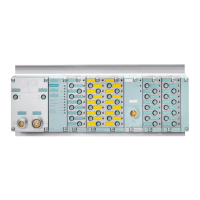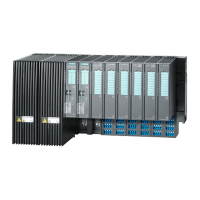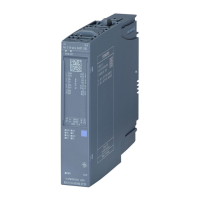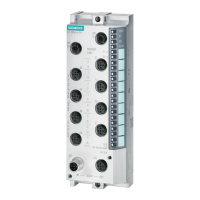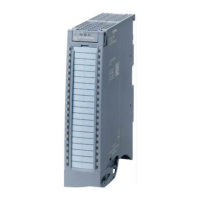Basics of program execution
7.1 Events and OBs
Distributed I/O system
System Manual, 12/2016, A5E03576849-AG
151
Possible priorities (default
priority)
Default system
response
1)
4)
MC-PostServo
4)
17 to 26 (25) 95 Not applicable 0 or 1
4)
Programming error (only for
global error handling)
2 to 26 (7) 121 STOP 0 or 1
I/O access error (only for
2 to 26 (7) 122 Ignore 0 or 1
If you have not configured the OB.
In the case of these event sources, besides the permanently assigned OB numbers (see column: Possible OB numbers)
in STEP 7 you can assign OB numbers from the range ≥ 123.
If the maximum cycle time has been exceeded twice within one cycle, the CPU always assumes the STOP state, re-
gardless of whether you have configured OB 80.
You will find more information on these event sources and the starting behavior in the S7-1500 Motion Control function
Assignment between event source and OBs
The type of OB determines where you make the assignment between OB and event source:
● With hardware interrupts and isochronous mode interrupts, the assignment is made
during the configuration of the hardware or when the OB is created.
● In the case of the MC-Servo, MC-PreServo, MC-PostServo and MC-Interpolator, STEP 7
automatically assigns the OBs 91/92 as soon as you add a technology object.
● For all other types of OB, the assignment is made when the OB is created, where
applicable after you have configured the event source.
For hardware interrupts, you can change an assignment which has already been made
during runtime with the instructions ATTACH and DETACH. In this case, only the actually
effective assignment changes, and not the configured assignment. The configured
assignment takes effect after loading, and at startup.
The CPU ignores hardware interrupts to which you did not assign an OB in your
configuration or which occur after the DETACH instruction. The check as to whether an OB
is assigned to an event does not take place when the associated event occurs, but only
when the hardware interrupt actually has to be executed.
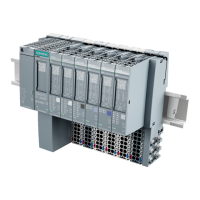
